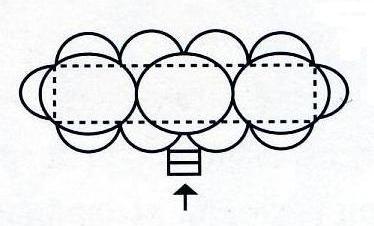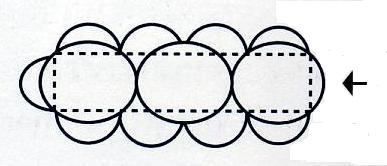 |
| the 'portaalgraf'. |
 |
| the 'trapgraf'. |
 |
| the 'allée-couverte': this type of chamber-tomb has three subclasses: |
| the simple chamber ('Urdolmen', 'simple dolmen', 'dolmen'. |
 |
| the more elaborate chamber ('erweiterter Dolmen', 'extended dolmen'). |
|
|
| the great chamber ('Großdolmen', 'great dolmen'). |
 |
| the 'stone enclosure' (the 'langgraf', 'Hünenbett', 'dysse', 'runddysse', 'langdysse'):. |
 |